Fastest Treatments for Yeast Infection: OTC & Prescription
Ever dealt with a vaginal yeast infection? If so, you know that your number one priority is getting rid of it - fast. Vaginal yeast infections are a common condition that affect millions of people each year. They’re accompanied by a range of irritating symptoms such as itching, pain, and vaginal redness and swelling.
Thankfully, there are treatment options available that can help alleviate your symptoms quickly. In this blog, we’ll explore some frequently asked questions about vaginal yeast infection causes and symptoms. We’ll also explore both over-the-counter and prescription medication options. This can help you make an informed decision about which approach is best suited for your needs.
What is a vaginal yeast infection?
A vaginal yeast infection is actually a type of fungal infection. It's also known as vaginal candidiasis or vulvovaginal candidiasis.
Typically, vaginal yeast infections are caused by an overgrowth of Candida yeast in the vagina. Candida yeast is a type of fungus that exists naturally within your vagina, mouth, and digestive tract. It normally lives in harmony with bacteria and other organisms without causing any harm. However, when there is an imbalance in the body, the yeast can multiply and lead to an infection.
Typical causes of vaginal yeast infections can include:
Antibiotic use Antibiotics can kill off the helpful bacteria that help maintain the balance of yeast in the vagina. This can lead to an overgrowth of Candida.
Hormonal changes Hormones can fluctuate due to pregnancy, oral contraceptives, or hormone replacement therapy. This can disrupt the balance of yeast in the vagina.
Weakened immune system People with compromised immune systems are at higher risk of developing yeast infections. This can include those with HIV or who are undergoing chemotherapy.
Diabetes Diabetics – both type 1 and type 2 – are more susceptible to yeast infections due to higher blood sugar levels. Elevated blood sugar can encourage overgrowth of yeast.
Douching or feminine hygiene products Douching and feminine hygiene sprays are a major cause of vaginal infections. They can throw off your vagina’s natural balance and lead to an imbalance of bacteria. Don’t be fooled by claims that the products are cleansing. Vaginas are actually self-cleaning and do not require fragrant sprays or soaps to stay hygienic!
Damp or tight clothing Avoid wearing damp or tight clothing. Wet swimsuits and super-snug leggings can create a warm and moist environment that promotes yeast growth. Cotton underwear are a great way to avoid this occurrence! This is because cotton fabric is breathable and absorbs moisture.
Vaginal yeast infections are typically characterized by the following symptoms:
- Itching and irritation in the vaginal area
- Redness and swelling of the vulva
- Vaginal pain and soreness
- A burning sensation, especially during urination or sexual intercourse
- Thick, white, odorless vaginal discharge, often described as resembling cottage cheese
If you suspect that you have a vaginal yeast infection, it's important to consult a healthcare provider. They can provide you with an accurate diagnosis and appropriate treatment.
This is important because some vaginal symptoms can indicate other health conditions. Examples include sexually transmitted infections (STIs) or bacterial vaginosis (BV). A medical diagnosis from a gynecologist or another provider is essential for proper care.
What are my treatment options for vaginal yeast infections?
If you’re dealing with a vaginal yeast infection, there are several treatment options to consider:
Vaginal Creams and Suppositories
Some over-the-counter and prescription medications can help clear a yeast infection. These are typically sold as creams (which come with an applicator to be inserted into the vagina) or as suppositories, small objects which are placed into the vagina and melt over time to dispense the medication.
For mild to moderate infections, vaginal therapy is typically short term (anywhere from 1-7 days). For more severe or recurring infections, longer-term vaginal therapy is sometimes recommended.
Oral Antifungals
Your healthcare provider may prescribe an oral tablet which can be taken as a one-time, single oral dose of fluconazole (Diflucan) or as several doses taken three days apart for more severe or recurring infections.
Natural Remedies
Some people opt for home remedies when treating their yeast infections. Some common options include:
- Boric acid suppositories: Boric acid has antibacterial, antifungal, and anti-inflammatory effects. These suppositories are commonly sold over-the-counter at pharmacies. It’s critical that these are not ingested orally.
- Garlic pills: Garlic is a natural antifungal. However, studies generally demonstrate that garlic is not effective at treating vaginal yeast infections.
- Yogurt: Many types of yogurt contain probiotics (also known as good bacteria). This includes the strain Lactobacillus. Lactobacillus is thought to fight off certain bacteria that may contribute to yeast infections. There haven’t, however, been great studies to support this as an effective course of treatment.
Remember that home remedies are not always backed by clinical trials. It’s best to talk to a healthcare professional if you think you have a yeast infection and need treatment.
What is the fastest way to get rid of a vaginal yeast infection?
Over-the-counter or prescription medications are generally considered to be the fastest and most effective treatment option for vaginal yeast infections. The majority of vaginal yeast infection medications belong to a category of antifungals known as azoles, which work by stopping the growth of yeast.
These treatments come in the form of vaginal creams or vaginal suppositories which are inserted into the vagina to fight off the yeast infection, or as oral antifungal pills which are taken by mouth. They can take anywhere from 1 to 7 days to treat your symptoms and infection depending on the form and dosage.
What are my options for over-the-counter vaginal yeast infection medications?
You can purchase some creams and gels over the counter to treat your vaginal yeast infection and/or relieve uncomfortable symptoms such as burning, swelling, and itching. Examples of OTC vaginal yeast infection medications include:
- Miconazole (Monistat): Miconazole is commonly known by the brand name Monistat. It is an antifungal that is sold over-the-counter at most pharmacies and is available as Monistat 1, 3, & 7. The numbers correlate with the dosage. Monistat 1 is a single-dose, highly-concentrated option. Monistat 7 is taken over the span of a week and is the least concentrated option. Monistat is able to treat most yeast infections and claims to offer symptom relief within 1 hour. It comes as a cream or suppository which is inserted into the vagina. This kills the yeast that is causing your infection. If you are pregnant, talk to your doctor before using yeast infection medicine. Only topical 7-day therapies (such as Monistat-7) are recommended for treating yeast infections during pregnancy.
- Clotrimazole (generic Gyne-Lotrimin):Vaginal clotrimazole is also known under the brand names Trivagizole or Gyne-Lotrimin. It comes as a cream to be inserted into the vagina. It can also be applied to the skin around the outside of the vagina. Clotrimazole usually begins to relieve symptoms within 3 days, and should improve your infection within 7 days. There are also stronger clotrimazole products available via prescription.
- Tioconazole (Vagistat-1): Tioconazole is a vaginal yeast infection medication that stops the growth of Candida. It comes as a single-dose applicator that is inserted into the vagina. The medication can also be applied to the vulva to relieve itching or burning. Patients typically see symptom improvement after the 1-day treatment. However, it can take up to 7 days after using the 1-day dose before symptoms go away completely.
- Vagisil: Vagisil does not treat vaginal yeast infections. However, it can be a great solution for itch and odor relief. This can be a helpful solution if you aren’t able to see a healthcare professional right away. Vagisil contains analgesic (pain-relieving) ingredients. Because of this, it typically begins to relieve symptoms immediately. Be wary that some Vagisil products have fragrances. Look out for the scent-free products to avoid further irritation.
While you can also purchase probiotic supplements over-the-counter, these products can’t treat a yeast infection. Although probiotics promote a healthy microbiome, they do not cure or relieve symptoms.
What are my options for prescription vaginal yeast infection medications?
OTC medication doesn’t always help vaginal yeast infection symptoms. Some people also experience recurrent vaginal yeast infections that are resistant to treatment. If this is the case, you may want to consider prescription medication. Some examples of prescription vaginal yeast infection medications include:
- Terconazole: Terconazole is an antifungal medication. It is prescribed as a cream and suppository to insert into the vagina. Terconazole should take effect within 5 to 10 hours after being inserted into the vagina. Symptoms should improve within 1 or 2 days after starting the medication.
- Fluconazole (generic Diflucan): Your healthcare provider may prescribe a one-time, oral dose of fluconazole (Diflucan). Fluconazole should not be taken if you are pregnant. Oral vaginal yeast infection medications can harm a fetus. Symptom improvement is usually seen within 1 to 3 days.
- Ibrexafungerp (Brexafemme): Ibrexafungerp is an oral tablet that is taken twice a day for one day. It works by targeting the specific fungal cells behind the yeast infection. Most people feel relief from itching, redness, and other symptoms within 10 days. As with fluconazole, taking ibrexafungerp while pregnant can cause loss of pregnancy or serious birth defects. You should use effective birth control methods during treatment with ibrexafungerp and for 4 months after.
- Oteseconazole (Vivjoa): Oteseconazole is an oral medication. It is used to prevent recurring yeast infections. This condition is also known as recurrent vulvovaginal candidiasis (RVVC). Vivjoa is is prescribed as an oral capsule. It is not for women who are pregnant or who could become pregnant due to risk of miscarriage or birth defects. The medication is taken 2 days in a row, and then after 14 days, it’s taken once a week for 11 weeks. In 2 separate studies, Vivjoa was able to prevent RVVC for 93.3% and 96.1% of participants for about a year.
What are the side effects of yeast infection medication?
Common side effects of prescription vaginal yeast infection medications include:
- Mild burning or irritation: Some women may experience mild burning or redness in the vaginal area.
- Skin rash: Some individuals may develop a skin rash. This can be a result of an allergic reaction or sensitivity to the medication.
- Gastrointestinal symptoms: Oral antifungal medications, such as fluconazole, may cause gastrointestinal side effects. These can include nausea, vomiting, diarrhea, abdominal pain, or gas.
- Headache: Both oral and topical antifungal medications can sometimes cause headaches as a side effect.
- Dizziness: Oral antifungal medications may cause dizziness in some individuals. It is essential to exercise caution while driving or performing activities that require alertness.
- Changes in taste: Some people taking oral antifungal medications may notice changes in their sense of taste. This usually resolves after completing the course of treatment.
It is important to note that these side effects are generally mild and temporary. However, if side effects persist, worsen, or cause significant discomfort, it is crucial to contact your healthcare provider for further guidance. In some cases, your healthcare provider may adjust the dosage or prescribe an alternative medication. This can help to minimize side effects and ensure effective treatment.
When to call your doctor
You should contact your healthcare provider as soon as you notice symptoms of a yeast infection. It’s important to diagnose that you have a yeast infection and not another more serious infection. Vaginal yeast infections can share symptoms such as itching, burning and discharge with other conditions, such as BV and some STIs.
You should also contact your healthcare provider if:
- Over-the-counter or prescription medication is not resolving your symptoms
- You are experiencing side effects such as trouble breathing, rapid heartbeat or hives
- You are experiencing other conditions that cannot be otherwise explained while taking your medication
Can I get vaginal yeast infection medication online?
Good news! If appropriate, providers on Sesame can write a prescription for vaginal yeast infection medication to be picked up near you – often within the same day! Simply book a same-dayonline yeast infection visit to get your symptoms assessed. If appropriate, your provider can get your prescription or refill ordered right away for convenient, same-day pickup from your preferred pharmacy.
Related posts
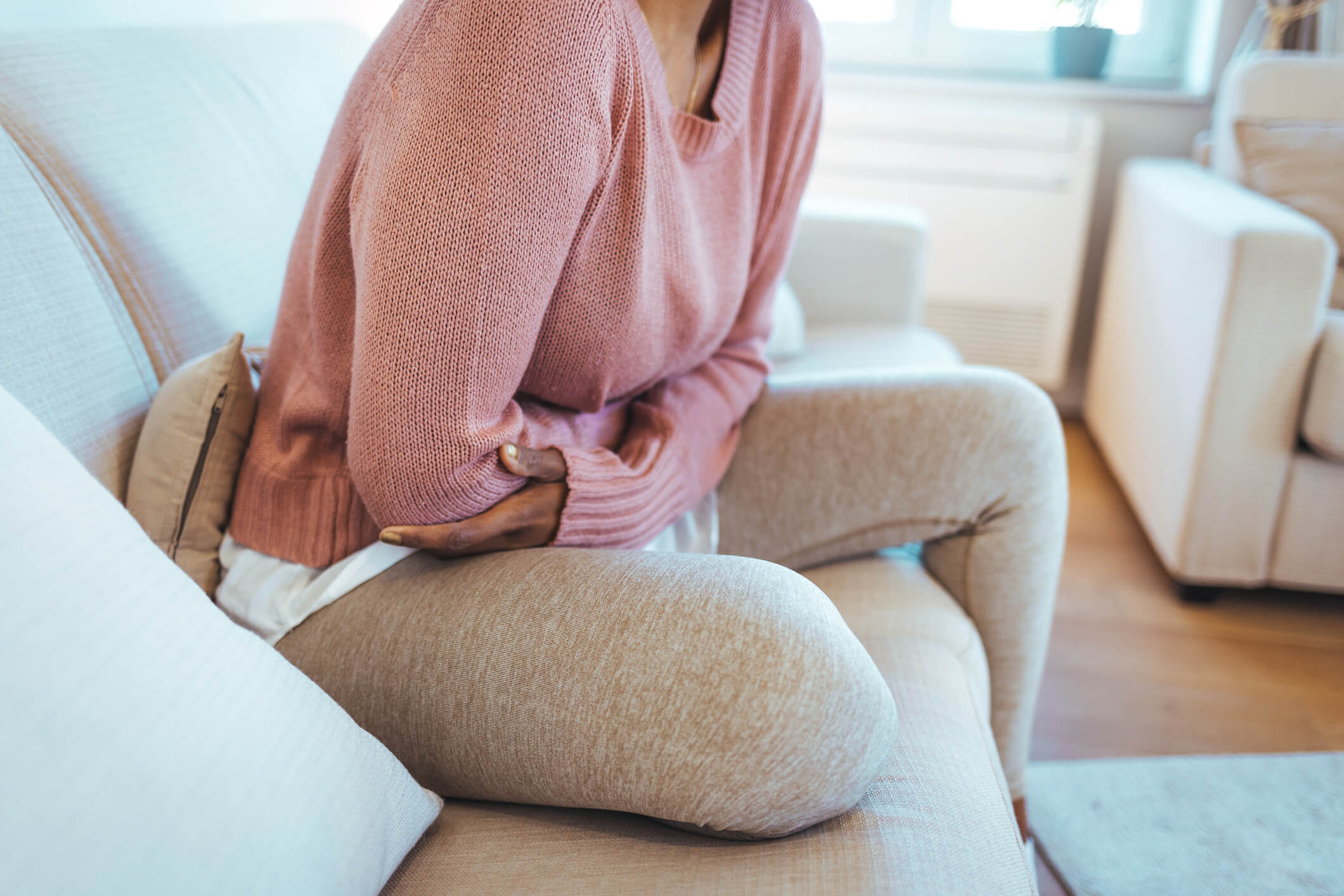
Vaginal yeast infections are a very common women’s health problem. Learn about what causes yeast infections, what symptoms to expect, and treatment options.
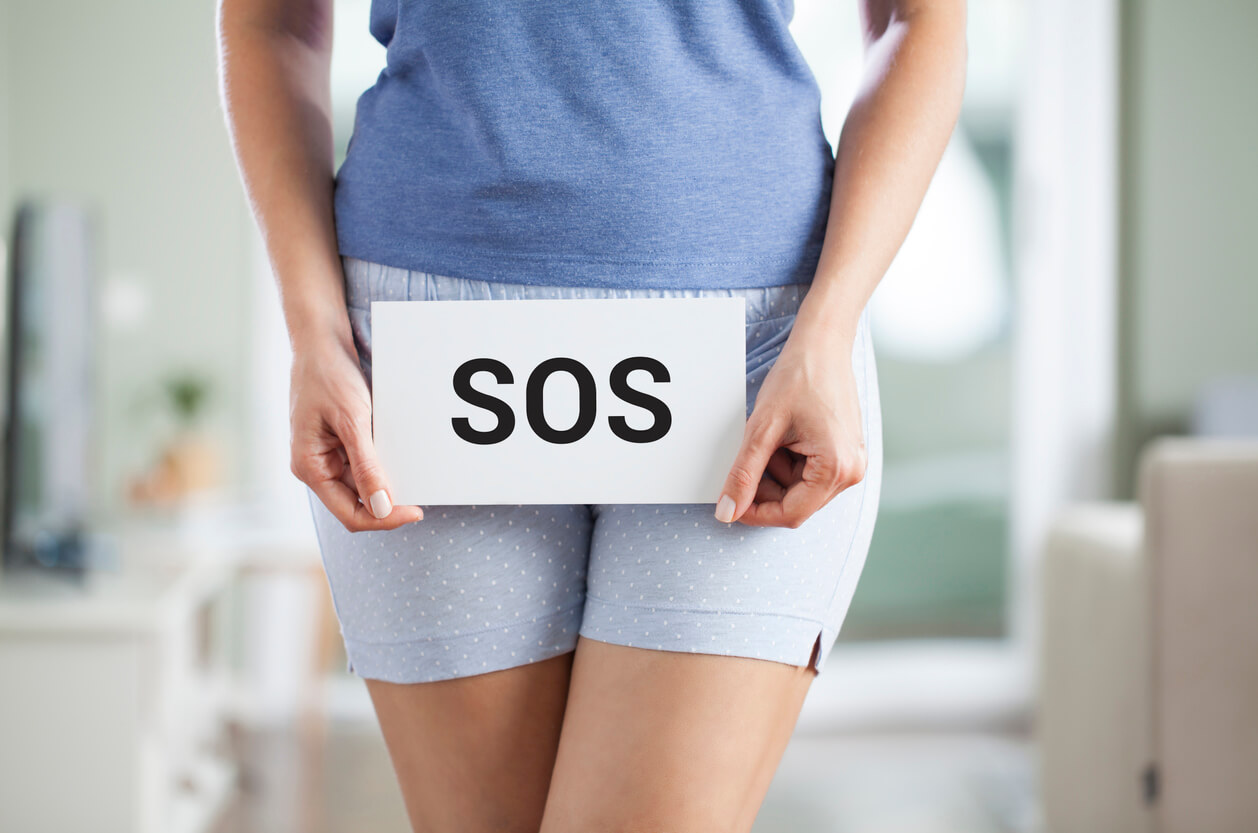
A complete guide to yeast infections. Learn more about the causes of this condition, its symptoms, prescription treatment options, and prevention strategies

Bacterial vaginosis is a common women's health condition. Learn more about the best over-the-counter and antibiotic treatment options for bacterial vaginosis.

Belly button infections can be caused by a range of issues, including piercings, poor hygiene, ingrown hairs, and even diabetes. But are belly button infections serious enough to be fatal?

Bacterial vaginosis is a common women’s health condition. Learn more about the causes of bacterial vaginosis, BV symptoms, treating BV, and how to prevent it.
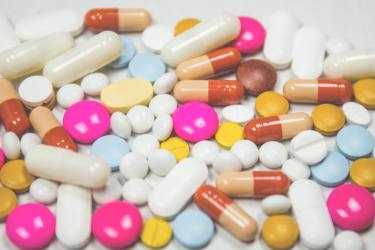
Antibiotics are prescribed as the first-line treatment for bacterial infections. Learn more about these drugs and what over-the-counter options are available.
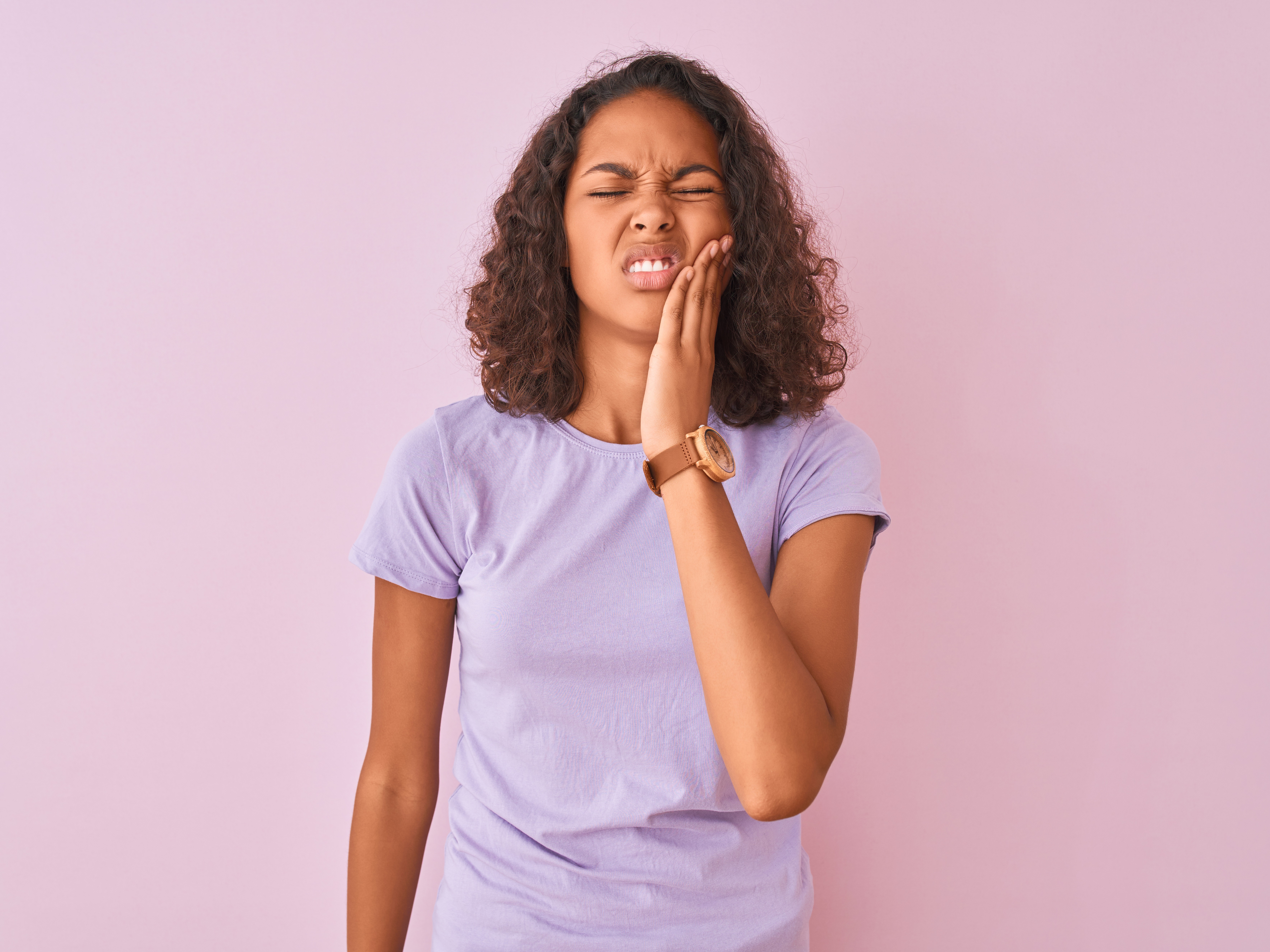
Toothaches may be common, they can also affect your diet, sleep and other important aspects of your life. Luckily, these helpful at-home remedies can help offer temporary relief from toothaches.
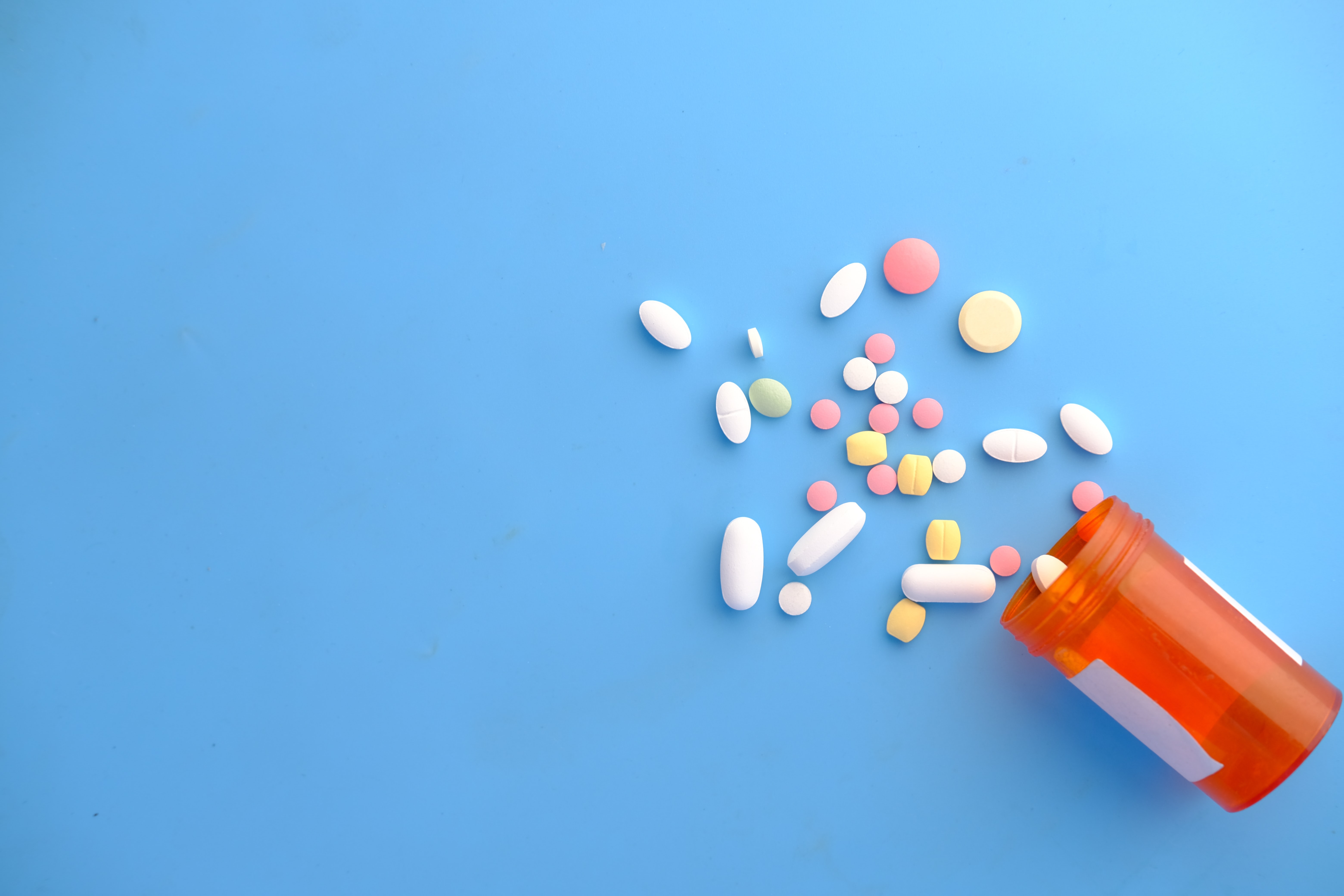
Choosing an over-the-counter anti-inflammatory medicine can be difficult. Here’s how to find the right NSAIDs for you.

These diabetic-friendly breakfast foods are delicious, nutritious, and filling. Work these meals into your weekly diet to get your day started right.
